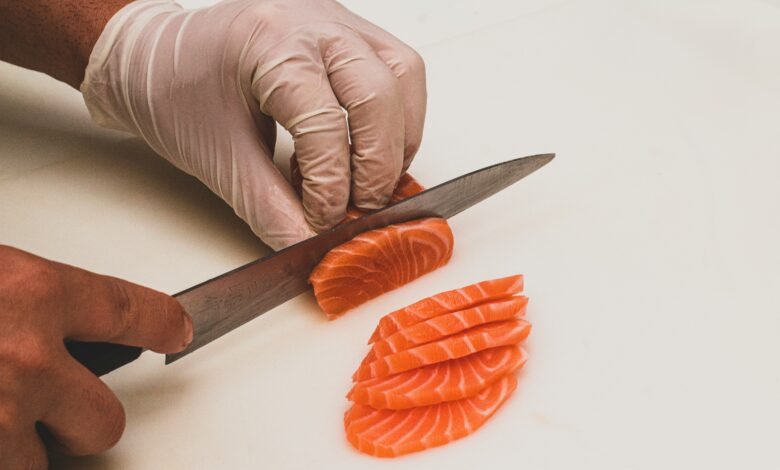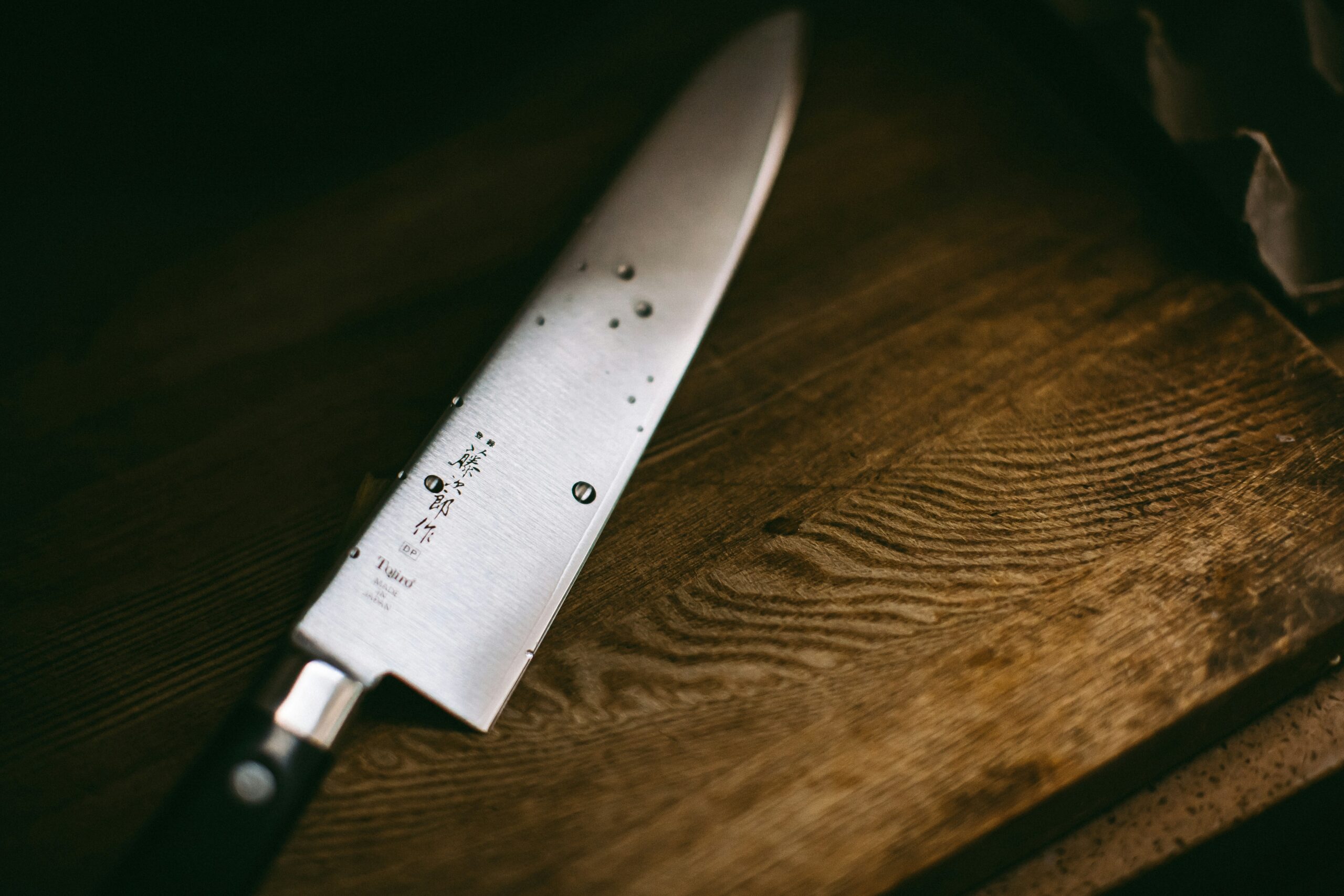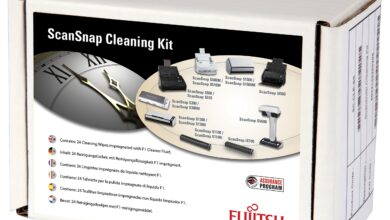Food Safety 101: When Must a Knife Be Cleaned and Sanitized
When Must a Knife Be Cleaned and Sanitized

In any kitchen, maintaining proper hygiene is essential to ensure safe food preparation. Knives, one of the most commonly used kitchen tools, can be a major source of contamination if not handled correctly. Understanding Food Safety 101: When Must a Knife Be Cleaned and Sanitized? is critical for both home cooks and professional chefs. This article will explore why knife hygiene is important, the exact situations when must a knife be cleaned and sanitized, and best practices to maintain safety in the kitchen.
Why Knife Hygiene Matters
Knives frequently come into contact with raw meat, poultry, fish, vegetables, and cooked foods. This makes them potential carriers of harmful bacteria such as Salmonella, E. coli, and Listeria. Poor knife hygiene can lead to:
-
Cross-contamination between raw and cooked foods
-
Spread of harmful bacteria to cutting boards and countertops
-
Increased risk of foodborne illnesses
-
Compromised overall kitchen safety
By understanding when must a knife be cleaned and sanitized, you can significantly reduce these risks.
When Must a Knife Be Cleaned and Sanitized?
Knowing the specific situations for cleaning and sanitizing knives is essential. Here are the most important scenarios:
After Cutting Raw Meat, Poultry, or Fish
Raw animal products are often contaminated with dangerous bacteria. When must a knife be cleaned and sanitized? Immediately after cutting raw meat, poultry, or fish, to prevent bacteria from spreading to other foods.
Between Preparing Different Food Types
Switching between cutting vegetables, cheese, and meat without cleaning the knife can lead to cross-contamination. Clean and sanitize knives between food types to maintain food safety.
After Contact with Contaminated Surfaces
Knives that touch dirty cutting boards, countertops, or even unwashed hands must be cleaned and sanitized before further use. This ensures bacteria are not transferred to other foods.
After Prolonged Use
Even if cutting the same type of food continuously, bacteria can accumulate on the knife surface. Regular cleaning and sanitization are necessary.
When Handling Allergens
Knives used to prepare allergen-containing foods should be cleaned and sanitized thoroughly to prevent allergic reactions in others.
How to Properly Clean and Sanitize Knives
Proper cleaning and sanitization is straightforward but must be done carefully:
-
Wash with Hot, Soapy Water – Remove visible food particles.
-
Rinse Thoroughly – Ensure no soap remains on the blade.
-
Sanitize – Use a food-safe sanitizer or a mixture of water and bleach (1 tablespoon per gallon). Submerge the knife for at least one minute.
-
Air Dry or Use a Clean Towel – Avoid towels that may harbor bacteria. Air drying is preferred.
-
Store Properly – Keep knives in a clean, dry place to prevent bacterial growth.
 Tips for Maintaining Knife Hygiene
Tips for Maintaining Knife Hygiene
-
Use separate cutting boards for raw meats, vegetables, and cooked foods.
-
Train family members or kitchen staff to follow proper knife cleaning protocols.
-
Regularly inspect knives for damage; cracks and nicks can harbor bacteria.
-
Consider dishwasher-safe knives for easier cleaning and sanitization.
Common Mistakes to Avoid
Even experienced cooks can make mistakes:
-
Using the same knife for raw and cooked foods without cleaning.
-
Wiping knives on dirty towels instead of sanitizing properly.
-
Storing knives in damp or unclean areas.
-
Ignoring the risk of allergen contamination.
By following Food Safety 101: When Must a Knife Be Cleaned and Sanitized?, these mistakes can be prevented.
Conclusion
Maintaining knife hygiene is a cornerstone of kitchen safety. Understanding when must a knife be cleaned and sanitized helps prevent cross-contamination, reduces the risk of foodborne illness, and ensures a safe cooking environment. Proper cleaning, sanitization, and careful handling of knives are simple yet crucial steps that every cook should follow. By adhering to these practices, you can protect both the food you prepare and those who enjoy it.




